Myself and fellow epiphyter Olivia went mistletoe hunting during an epic journey from Otago to Waikato. Here are the results of our forays:
Lake Ohau
Being North-Islanders (the majority of beech forest is in the South Island), neither of us were overly familiar with these mistletoes but were very excited to quickly discover an abundant population in open forest along the Lake Ohau shoreline. The problem was that we were under the impression that there were two or three species at this site so we spent hours trying to differentiate individual plants. It wasn't until Olivia found a distinctly different plant that we realised that all the plants we had been studying were actually all the same species: pikirangi (Peraxilla tetrapetala)!
The second species we found was Alepis flavida which can be differentiated from Peraxilla tetrapetala by occasional pointed tips on the leaves and a lack of leaf galls. Both of these species are threatened and have declining populations.
Ship Creek
Torrent Bay
Western Taupo
It was interesting to find a few dead individuals. They seemed to have got too heavy for the spindly branches they perched on and when their weight broke the branch they had lost their food supply. This species is threatened and has a declining population.
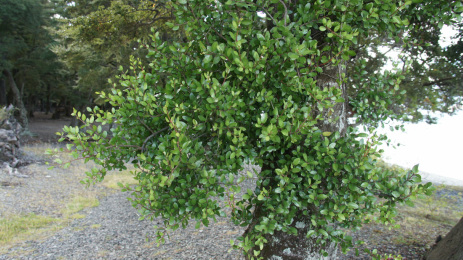
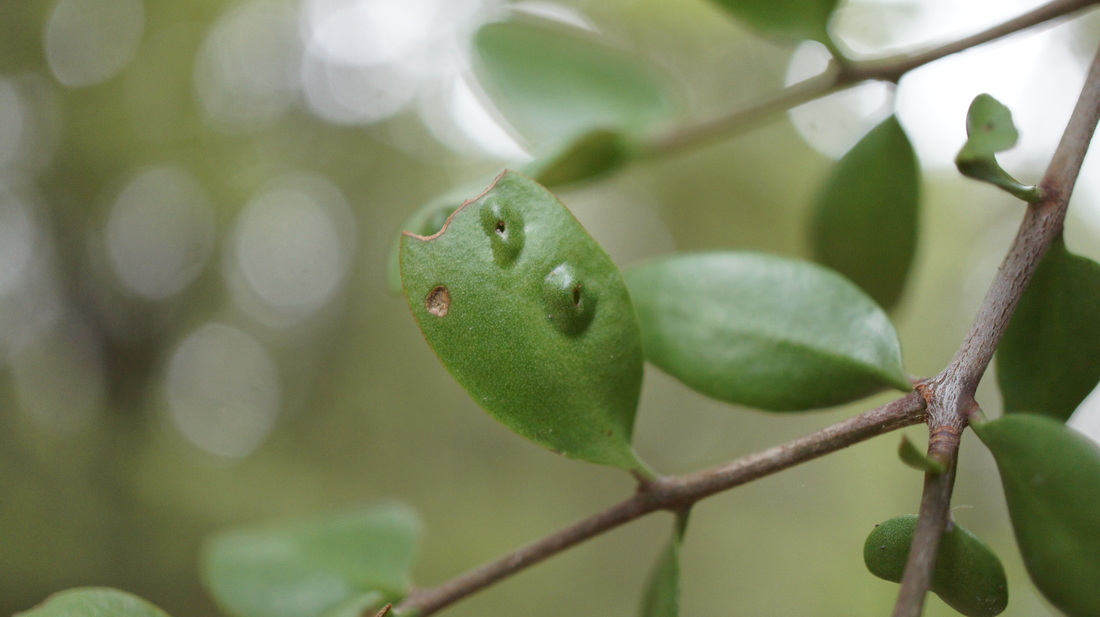
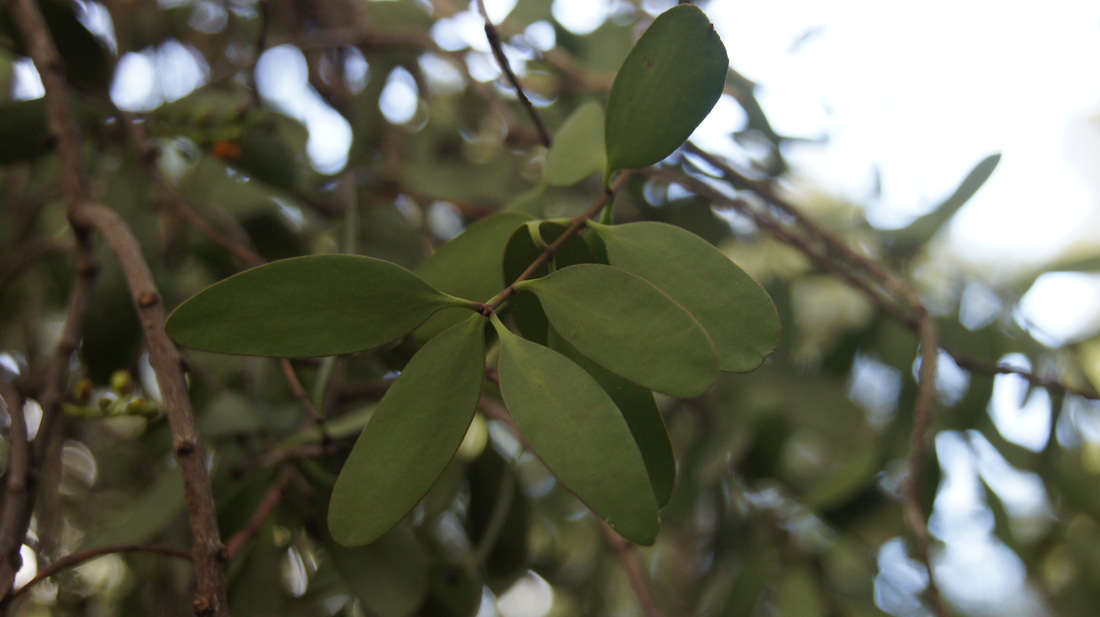
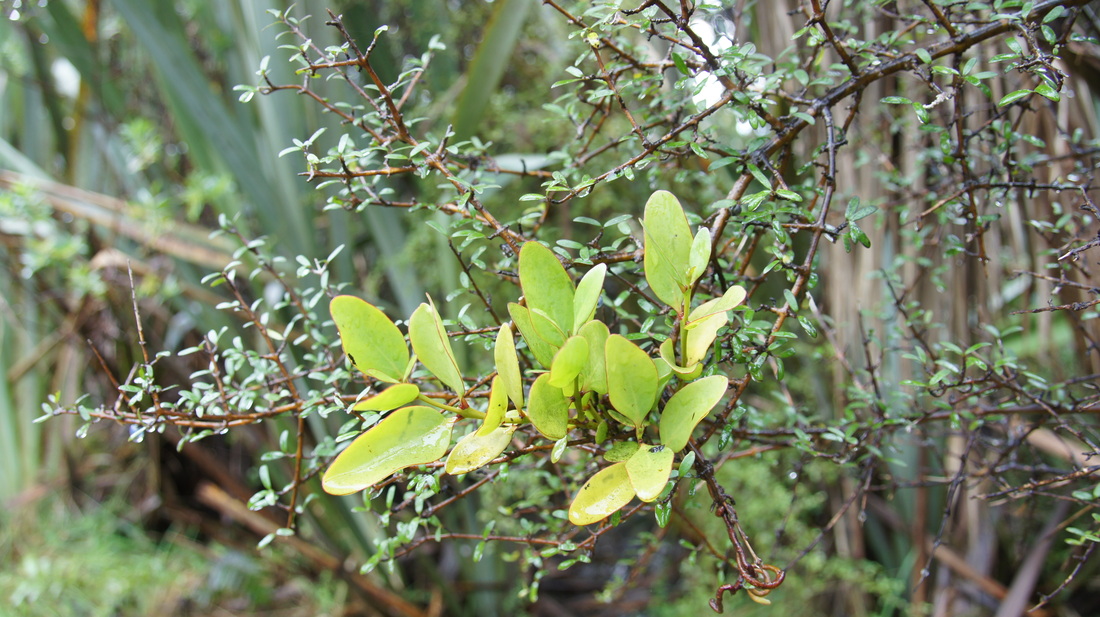
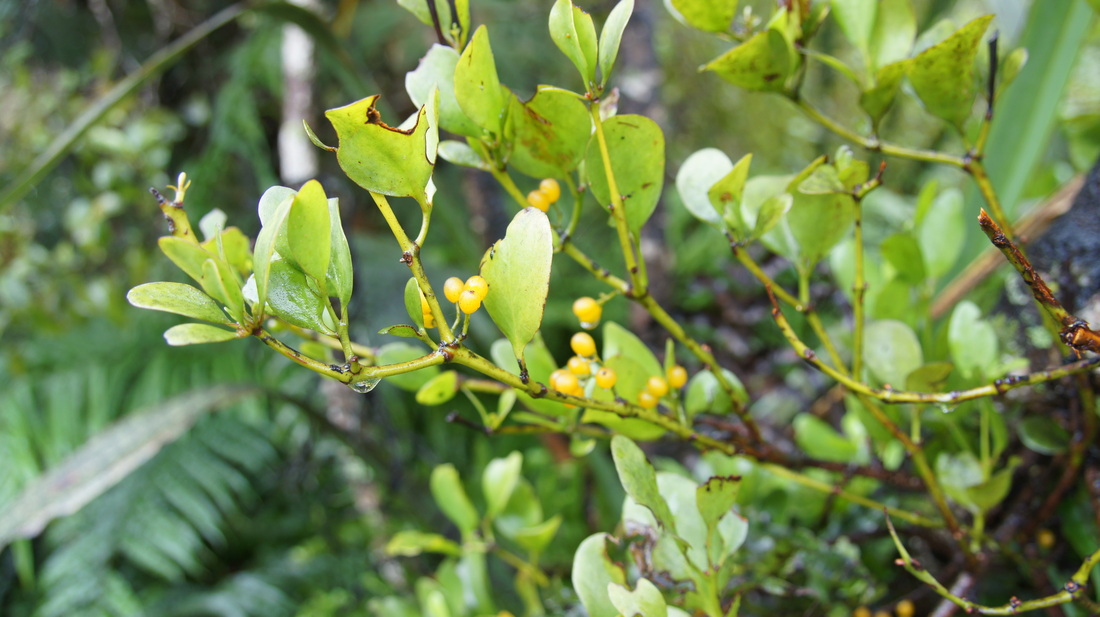
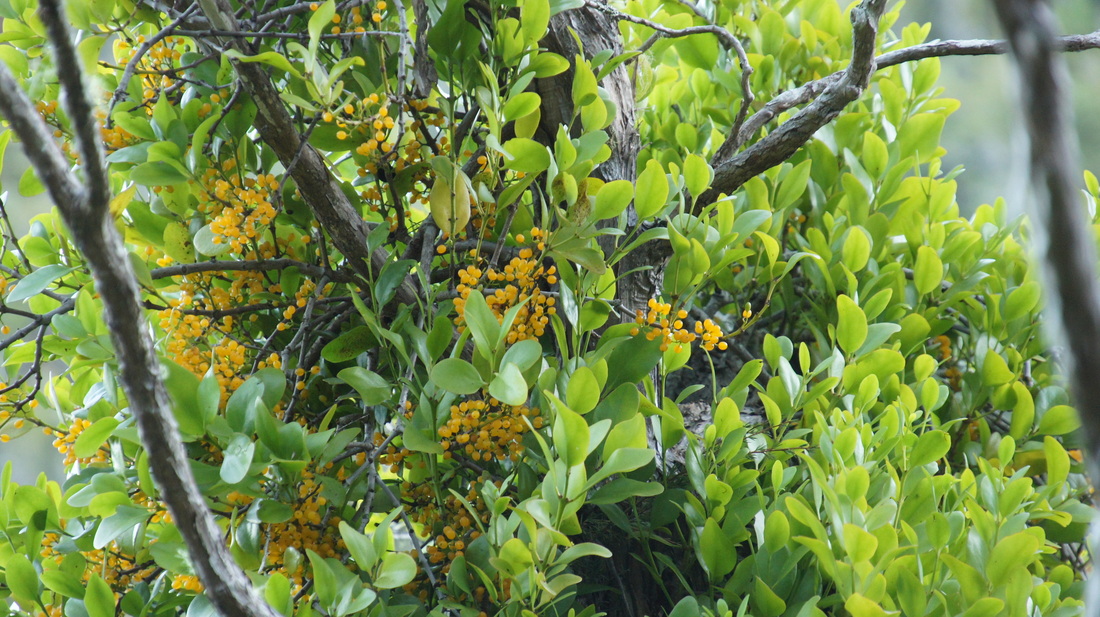
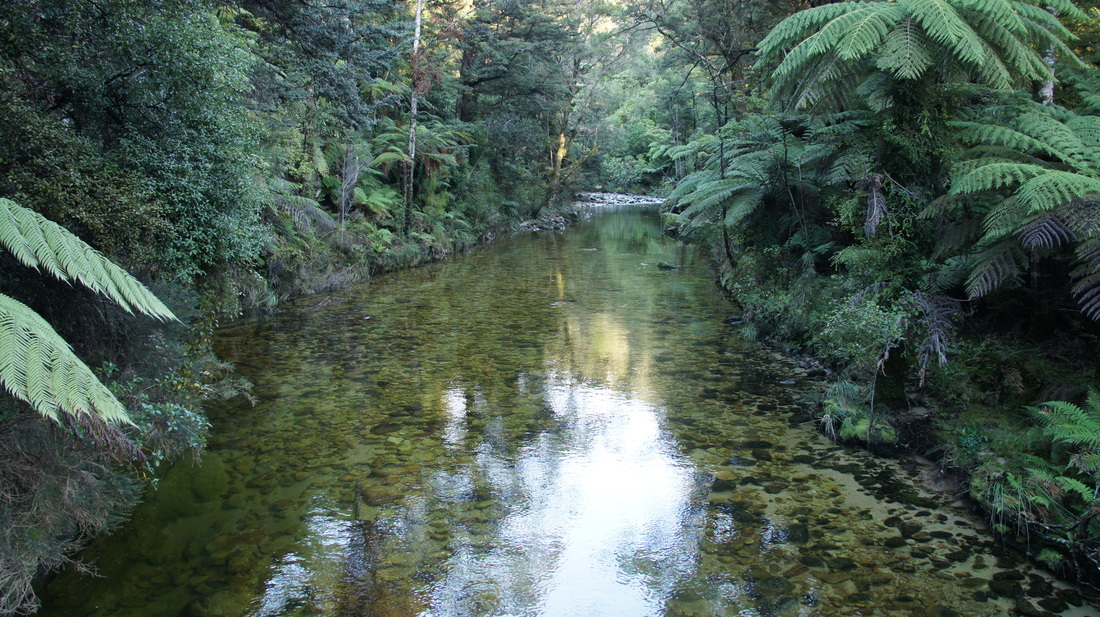
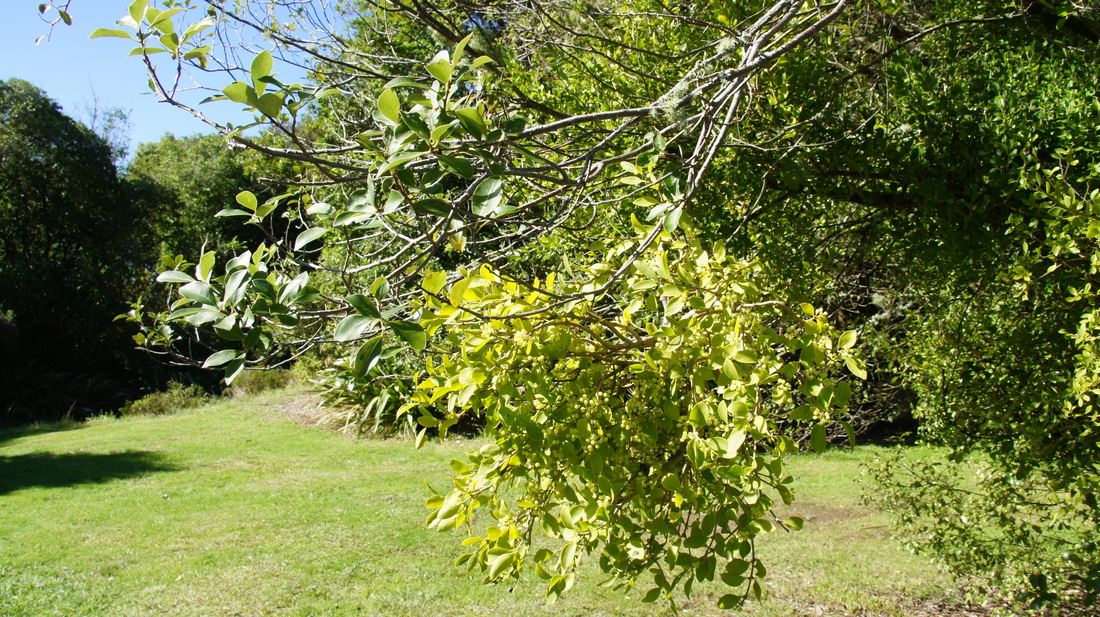
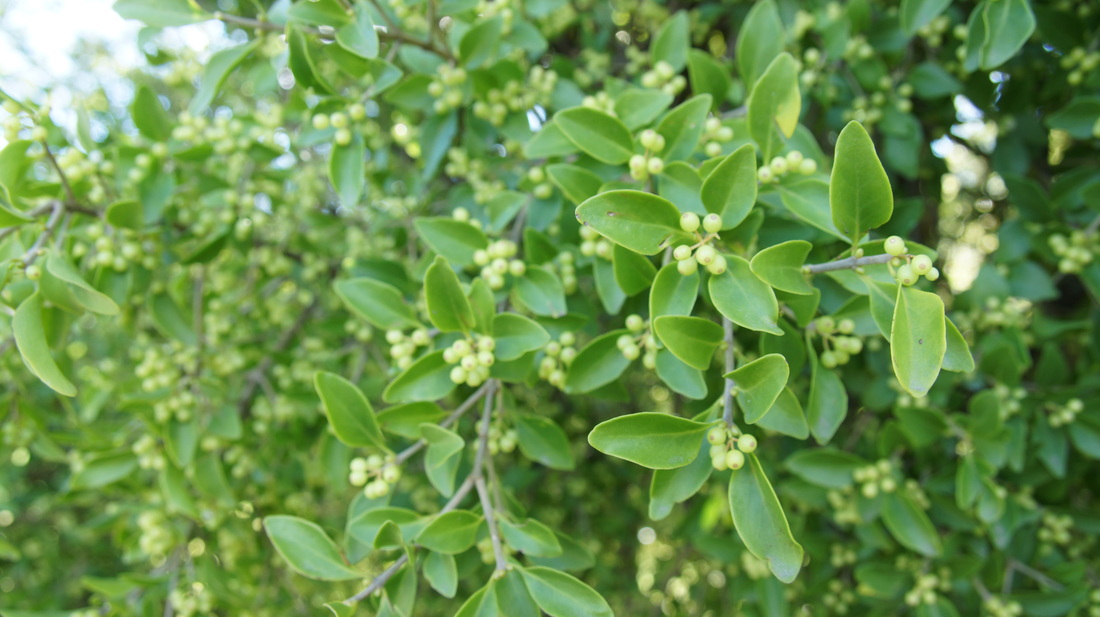
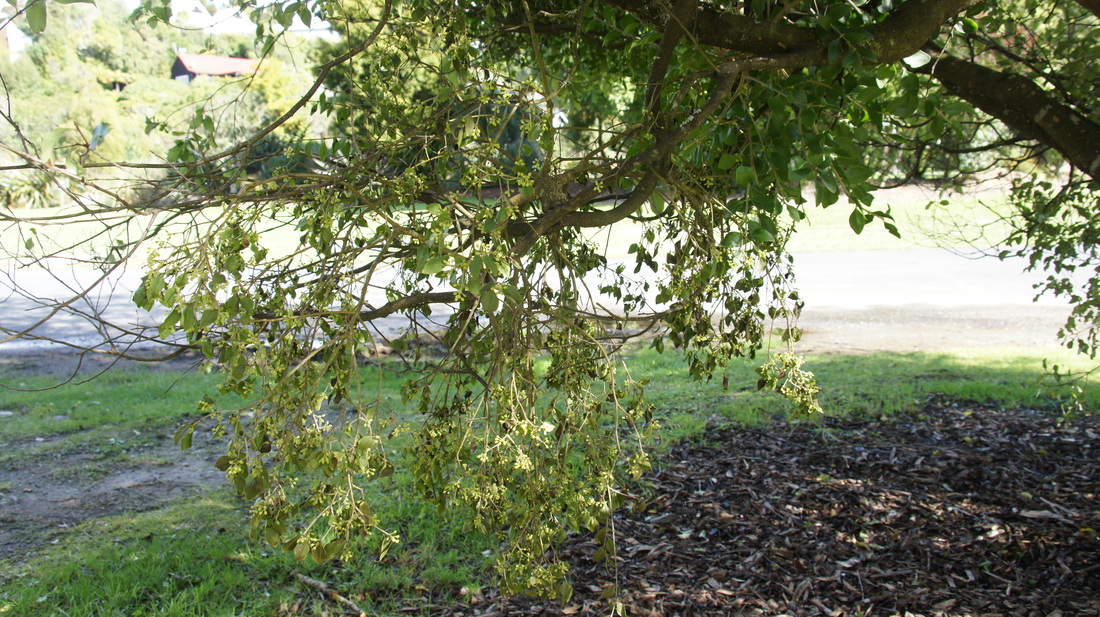
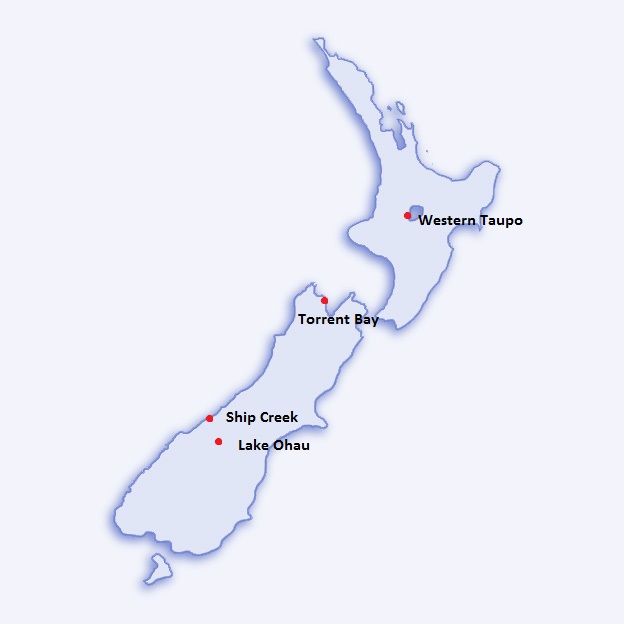


 RSS Feed
RSS Feed
